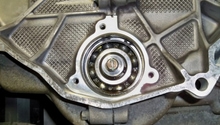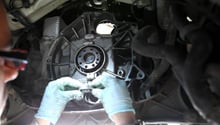Porsche 997: M96 vs. M97 Engine Differences
What's the difference? As it turns out, very few things, but some important things at the same time.
This article applies to the Porsche 911 997 (2005-2012).
If you are ever around a group of Porsche enthusiasts and you want to ignite a heated debate, just ask what the difference is between the Porsche M96 and M97 engines. Discussion will probably start off mostly factual and then turn into opinions and insults about which is better and why.
But when it comes down to it, just what are the actual differences between these two? We're talking about actual differences not involving what we think might be the better platform or based on hearsay traded at the local Tuesday get together. When you dive into the details, there are actual quite a few very important differences between the two other than that one digit in their code name. For starters, let's identify the M96 and then discuss the changes made to the M97 that make it different from the M96.
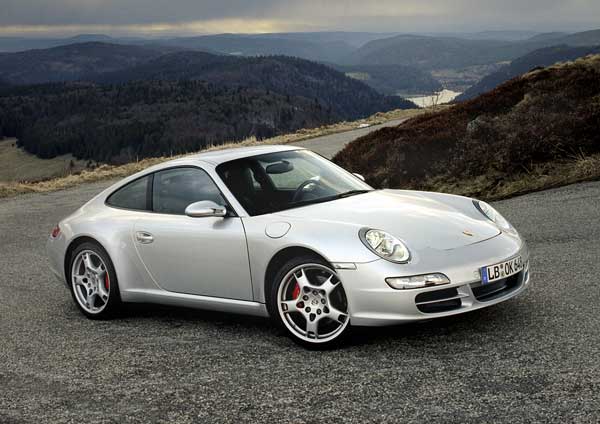
Porsche M96 Engine
The Porsche M96 engine was first brought into the car world as the engine for the Porsche Boxster in 1996 as a 2.5L flat 6. In a way it was Porsche showing the automotive world the water-cooled direction it was heading. In 1997, the M96 was then placed for the first time in the 911 as a 3.4L flat 6 making around 296 BHP. It would later get a displacement increase to 3.6L which would be the biggest production version of the engine to come from Porsche. This engine would also go on to power the next generation of 911, the 997, as the base Carrera's power plant.
The M96 engine has had a rough time as a power plant for Porsche vehicles. Some of these engines were plagued with IMS (Intermediate Shaft) bearing failures as well as RMS (Rear Main Seal) leaks and cylinder cracking. While it has yet to be determined when they are going to fail or exactly what conditions cause them to fail, it still leaves some people hesitant to own a 911 with an M96 engine due to the ticking time bomb feeling. Other than these issues, this power plant is not bad at all and still can lead to many miles of driving enjoyment. Plus, when looking at the actual numbers, the percentage of engines that these problems affect are extremely low in comparison.

Porsche M97 Engine
In 2005, Porsche went from the 996 generation of the 911 to the 997 generation. Now while they did carry over the M96 power plant for the base Carrera, they actually offered a newer, redesigned version of the M96 engine in the Carrera S called the M97. The biggest change for this engine was the bump in displacement to 3.8L which was accomplished by increasing the bore size and fitting bigger pistons. This engine also had a decent power increase, taking the horsepower rating to about 355 BHP. The M97 engine would be the power plant for the Carrera S up until 2009 when Porsche came out with the 9A1 which would be the new direct injection engine to power the Carreras.

Unfortunately, the M97 has been reported to have similar IMS issues, and while not as frequent, you do have to disassemble the entire engine to replace the bearing instead of just a simple retrofit like the M96. All problems aside, the M97 is a much different power plant than the M96.
So what exactly are the differences other than the displacement increase to 3.8L?
Component Breakdown
Altered Timing
The M97 retains similar valve lifts and intake/exhaust valve diameters to the M96, but the timing of the valves has been adapted to enable high torque and power output with a smooth torque curve.
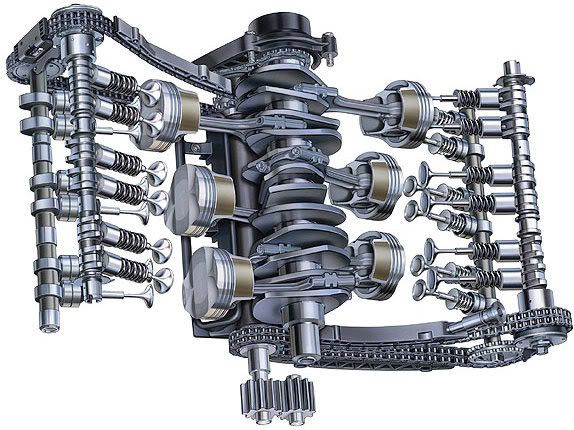
Mechanical Vacuum Pump
The M97 engine uses a mechanical vacuum pump instead of a conventional sucking jet pump to provide vacuum for the brake booster. This design enables a consistent level of vacuum supply in difficult conditions such as high altitude driving or driving on a track.
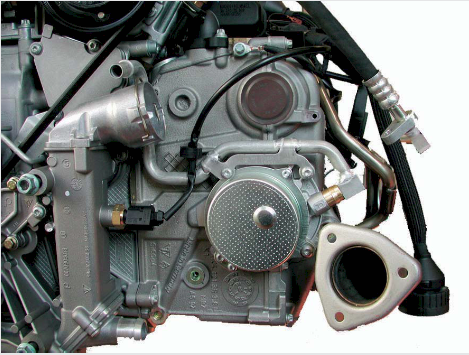
Oil Level Management
For the first time on a Porsche engine, the oil level is only measured electronically with the car's computer. There is no physical dipstick that you can use to manually measure the oil level. Previously, oil could only be accurately measured once the engine had been turned off and all the oil had been returned to the oil pan. This system allows the oil to be measured while the engine is running and even while driving down the road. This system also takes into account the temperature of the oil and how much oil the engine is using at a given time to lubricate the engine.
Identification
If you are confused about what engine your 911 might have, there are a few ways to physically identify it:
1. On the engine itself there is a number etched on the left side right about where the sump bolts to the block. You will have to remove the rear underside pan to gain access to this spot.
2. Sticker on front compartment lid.
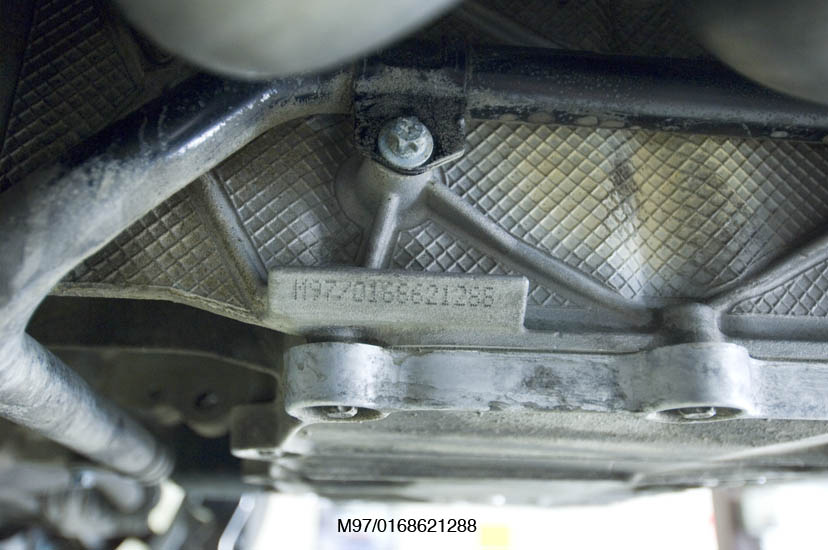
Related Discussions
- Talk About M96 vs M97 - Rennlist.com
- M96 vs. M97 - Rennlist.com


